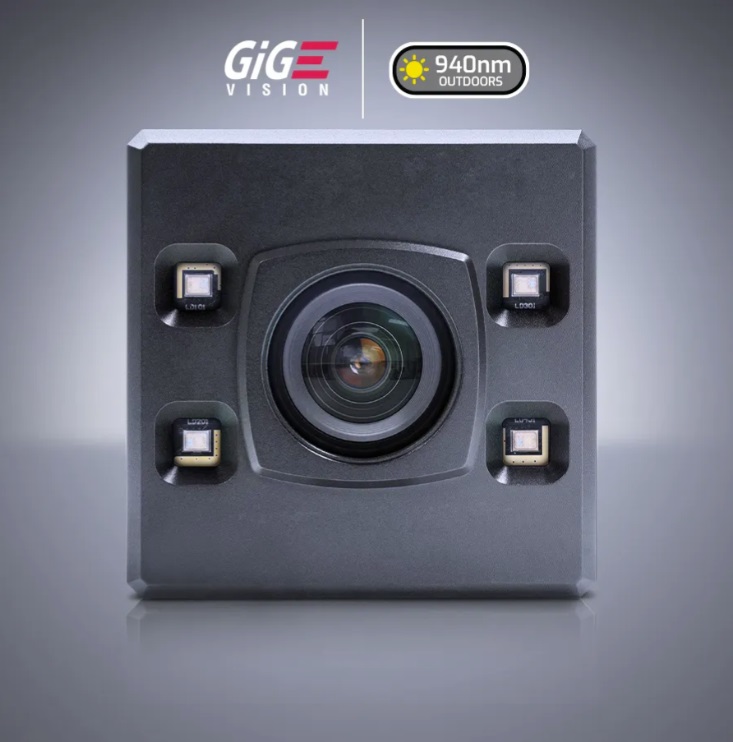
Time of Flight
The Time of Flight (ToF) method for 3D imaging isn’t new. Lucid Vision Labs is a longstanding leader in 3D ToF imaging. To brush up on ToF vs. other 3D methods, see a prior blog on Types of 3D imaging: Passive Stereo, Structured Light, and Time of Flight (ToF).
Helios2 Ray 3D camera
What is new are the Helios2 Ray 3D ToF outdoor* camera models. With working distances (WD) from 0.3 meters up to 8.3 meters, exterior applications like infrastructure inspection, environmental monitoring, and agriculture may be enabled – or enhanced – with these cameras. That WD in imperial units is from 1 foot up to 27 feet, providing tremendous flexibility to cover many applications.
(*) While rated for outdoor use, the Helios2 3D camera may also be used indoors, of course.
The camera uses a Sony DepthSense IMX556 CMOS back-illuminated ToF image sensor. It provides its own laser lighting via 940nm VCSEL laser diodes, which operate in the infrared (IR) spectrum, beyond the visible spectrum. So it’s independent of the ambient lighting conditions, and self-contained with no need for supplemental lighting.
Operating up to 30 fps, the camera and computer host build 3D point clouds your application can act upon. Dust and moisture protection to the IP67 standard is assured, with robust shock, vibration, and temperature performance as well. See specifications for details.
Example – Agriculture


Example – Industrial


Arena SDK
The Arena SDK makes it easy to configure and control the camera and the images. It provides 2D and 3D views. With the 2D view one can see the intensity and depth of the scene. The 3D view shows the point cloud, and can be rotated by the user in real time. Of course the point cloud data may also be process algorithmically, to record quality measurements, control robot arm or vehicle guidance, etc.
Call us at 978-474-0044. Or follow the contact us link below to provide your information, and we’ll call you.
1st Vision’s sales engineers have over 100 years of combined experience to assist in your camera and components selection. With a large portfolio of lenses, cables, NIC cards and industrial computers, we can provide a full vision solution!
